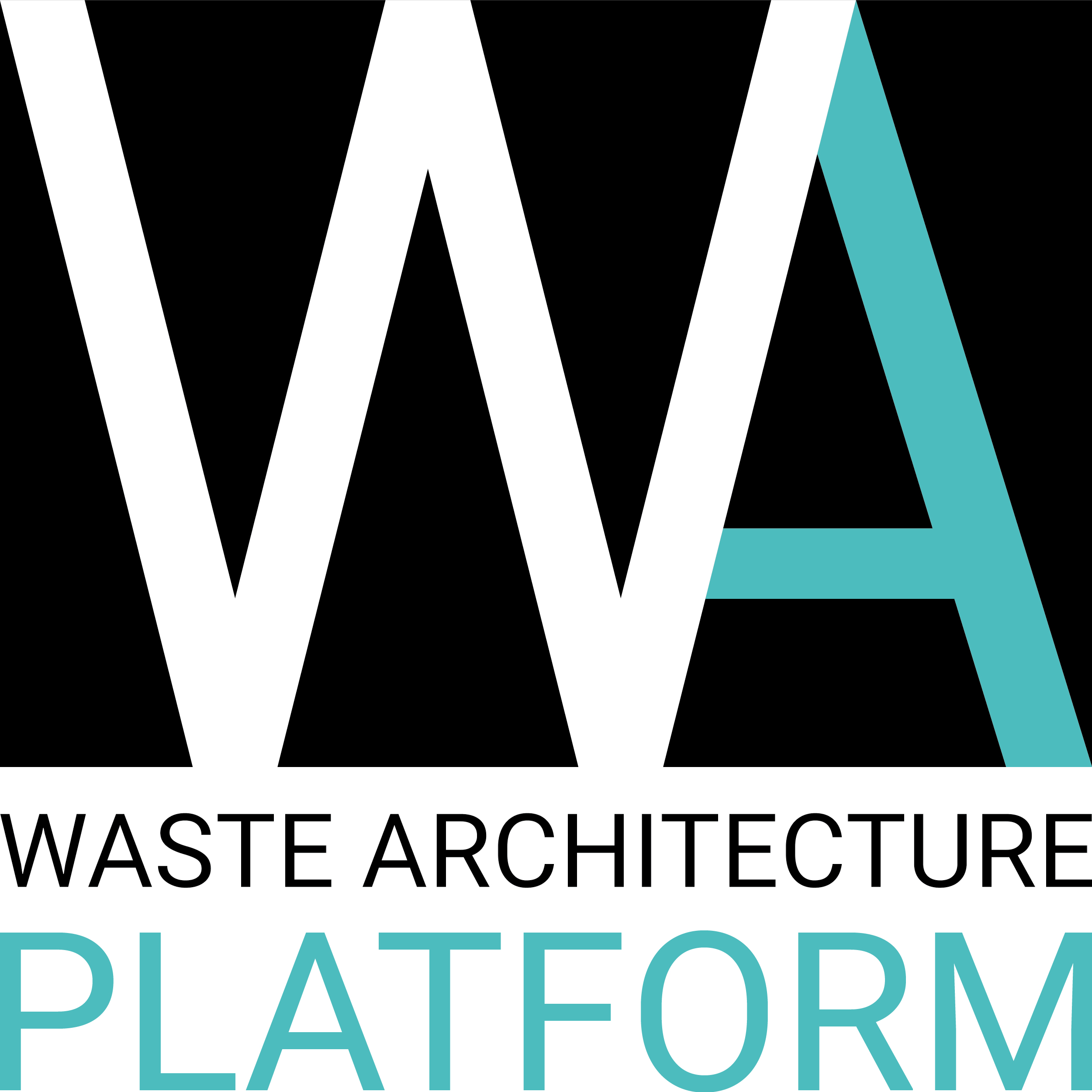PRESENTATION
The need to integrate waste disposal systems into an environmental planning strategy connected to the landscape and urban space requires an integrated planning activity and a multidisciplinary approach. From this perspective, the technical aspects, once the exclusive domain of environmental engineering, nowadays give rise to an interesting synergy with architecture.
Old landfills frequently require remediation interventions which also become an opportunity to operate on degraded areas with the aim of obtaining not only environmentally sustainable, but also functional areas for the community. Based on this prerogative, the requalification of a landfill may provide the latter with a new purpose aimed at increasing the urban and social environmental sustainability.
The purpose of the Workshop was to stimulate a debate on the requalification of landfills and analyse all related aspects, including architectural/landscape quality, compatibility with site reclamation and state-of-the-art, encouraging a comparison between the situation in Italy and the rest of the world.
The Workshop lasted 2 days, with the first day consisting in the presentation of oral contributions in thematic sessions to be followed by opportunities for discussion and debate. On the second day a practical landscape design lab was organized and coordinated by professionals in the field.
The following topics were extensively debated:
→ Rehabilitation of old landfills
planning and execution with particular emphasis on the architectural and landscape quality of the transformation and reuse of the area
→ Analysis of the state-of-the-art on the rehabilitation of old landfills
applied case studies throughout the world; Italian experiences
→ Architectural, landscape and urban aspects related to remediation
architectural remediation of old waste treatment plants; techniques, approaches and problems in landscape design; local and wider effects on the natural and urbanised surroundings (variation on urban quality, accessibility, eco-systemic continuity etc.)
→ Technical aspects and architectural quality of the rehabilitation
compatibility between technical requirements (safety of landfill site, slope stability, plant equipment, etc.) and architectural and landscape quality of the rehabilitation; introduction of new artefacts in the area
→ Remediation and reuse of the area
innovative methods and technologies for the integration of remedial interventions with the landscape and functional requalification of the area
→ General planning principles in the design of new landfills
planning of new landfills based on a predefined final use of the area; related legislations
→ Public acceptance
experiences of participatory planning; role of public administrations; involvement of the population in the decision phase for the approval of the requalification project
→ Policies and strategies
problems connected to the access of the general public into areas of remediated landfills; shortcomings in legislation; authorisation procedures
→ Environmental sustainability of remediation
investments costs, funding and management of the intervention; European directives

